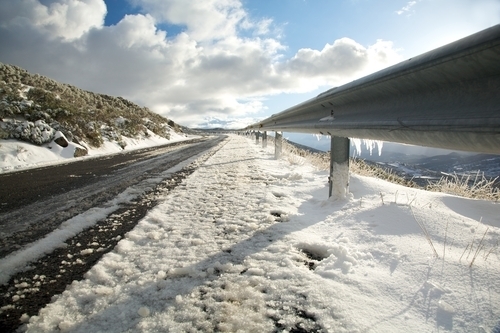



The future of advanced brake technology may be decided on a frozen lake in north Sweden.
Every year, Knorr-Bremse, a global manufacturer of braking systems for railroads and commercial vehicles, heads to its facility in Arjeplog where it puts braking systems to the ultimate test.
An article on Transport Engineer explains how the process worked this year. The facility contains two main areas: one with a land test track, and one that is actually located on the frozen lake. A test of braking effectiveness actually requires vehicles to drive on both surfaces at once.
"The truck comes down a hill and has to come to a standstill with one side on ice and the other on concrete," Dr. Eduard Gerum, retired head of engineering at Knorr-Bremse, told the news source. "It's the biggest possible deviation in friction, and is a real challenge for the braking system. Here's where we can test just how well electronic support systems [such as ABS, EBS, ASR, ESP and RSS] interact and find out at which point physics beats technology."
The purpose is to see how well the company's latest electronic braking systems can handle some of the most difficult terrain imaginable. Advances in brake technology will not only benefit drivers tomorrow, but will also make it possible for auto manufacturers to push forward in their efforts to create autonomous vehicles. However, these will not be possible without the most responsive brakes available. Only an electronic systems that is capable of sensing the environment and making thousands of adjustments per second can meet those standards.